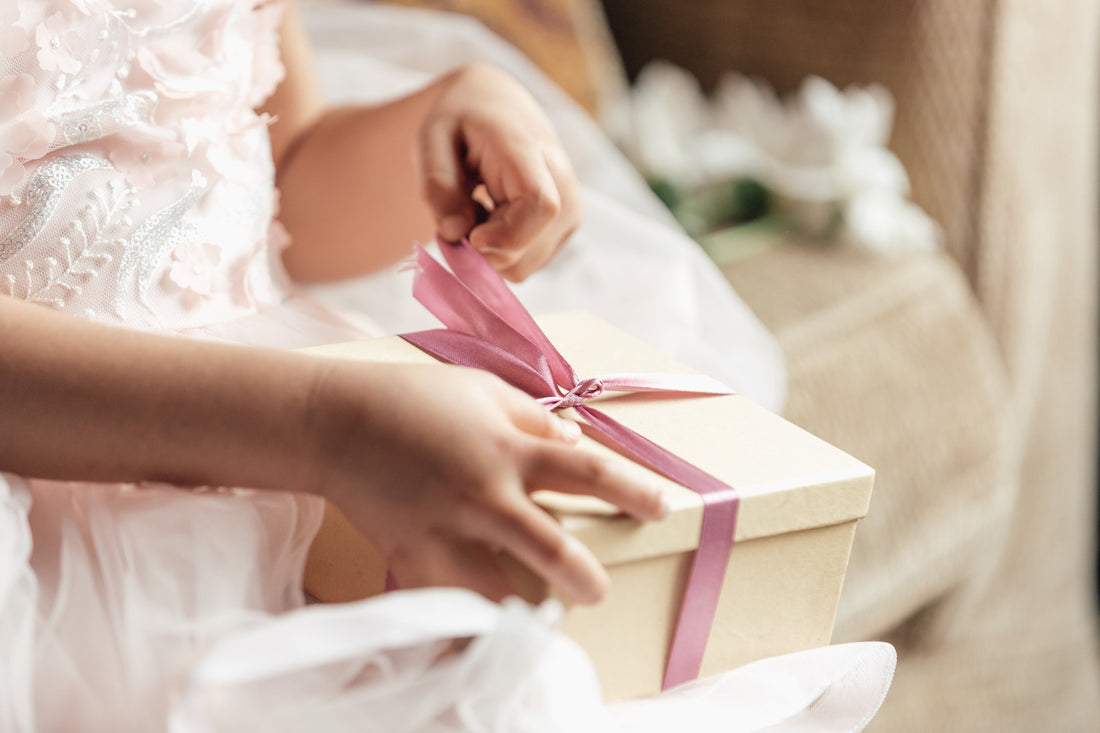
The Pinkest Green: A Little Girl in a Man’s World
Share
“What’s your favorite color?” they always ask. The world's most common icebreaker and my least favorite question. A seemingly harmless, open-ended question with a wrong answer.
“Green” is what I tell them.
I can feel my younger self screaming every time I’m asked that question. My favorite color has always been pink. From the moment I was swaddled in it as a newborn, it had been my whole personality. Pink walls in my bedroom, pink clothes, pink shoes, and a pink dress on my favorite pink doll. The only green in my pink life was the grass stains on my pink pants. Pink was the color of femininity and I was the girliest girl. It made me happy and when people asked why it was my favorite I simply told them, “It’s pretty!”
As I got older I realized that people didn’t take you seriously dressed in all pink. The president doesn’t wear pink. The doctor doesn’t wear pink. The army doesn't wear pink, they would stand out, instead they wear green to blend in. I realized that when a blond-haired, blue-eyed girl like me wears pink they see not a person, but a doll. A Barbie. I loved Barbies but I didn’t want to be one. I wanted to be a person like everyone else. I stopped wearing pink but I still told people it was my favorite color and it was pretty.
It wasn’t immediate, more of a quiet, gradual shift. Pink dresses ended up in the back of my closet. Pink shirts buried in the bottoms of drawers. Pink sneakers outgrown. Pink headbands were abandoned under the pretense of a headache, though the real headache was abandoning my favorite color for the sake of fitting in. I wondered if a soldier shared this experience, abandoning a pink wardrobe for a neutral green one to blend in.
I found out about the pink tax when I was in middle school. Shopping with my mom, I noticed that women's products cost more than the identical male ones. The boys’ blue doctor costume cost seven dollars compared to the ten dollar pink girls’ nurse costume. Pads and tampons are taxed but toilet paper isn’t. I started to understand the inequalities between men and women. Standing in that aisle, it hit me: I’d always be seen as less because of my gender. Overlooked. Underpaid. Pink was the color of femininity and the inequality that came with it. I started liking pink less.
As I got older and my body fully developed I started getting messages from boys online. They started asking questions. “Do you send?” seemed to be most common. I had been catcalled before. Sexualized by acquaintances and strangers alike. I ignored it. Blocked it. Moved on. But one question felt different.
He asked me, “is it pink?”
That question broke me.
He wasn’t talking about the walls in my bedroom, or my clothes, or my shoes, or even my favorite color. He turned a once beautiful, innocent part of my life into something dirty. For the first time, I saw pink as a truly bad thing. I started hating pink for all it represented in my life.
Now, when people ask about my favorite color I tell them green. The opposite of pink. I like green, don't get me wrong, but it doesn’t excite me as much as pink did. Green is survival, but not living. It lacks the personality and joy of pink. Green is peace, but lacks the innocence of childhood. Green is money with no pink lollipop to spend it on. I say green because it’s safe. Because nobody questions it. Green doesn’t get you sexualized. People take you seriously when you wear green. The tax that comes with green has nothing to do with gender. When they ask why it’s my favorite, I respond, not so simply, “It’s my birthstone, the color of nature, and it looks good on me”. Because, “it’s pretty!” doesn’t feel allowed anymore. I say green not because it’s my favorite color, but because it’s not the wrong answer to my least favorite question.

Disclaimer:
This article has been written by a HASSL Ambassador as part of our community content initiative. While all ambassador contributions are reviewed for clarity, tone, and alignment with our values before publication, the views expressed are those of the individual author and do not necessarily reflect the views or official position of HASSL.
These articles are intended to amplify personal perspectives, lived experiences, and knowledge from our wider community. They are not authored by the HASSL team, and HASSL does not claim ownership over the content.
Please note that the information provided is for general awareness and educational purposes only. It should not be taken as professional, medical, or legal advice. If you require support or guidance in any of these areas, we strongly recommend consulting a qualified professional.